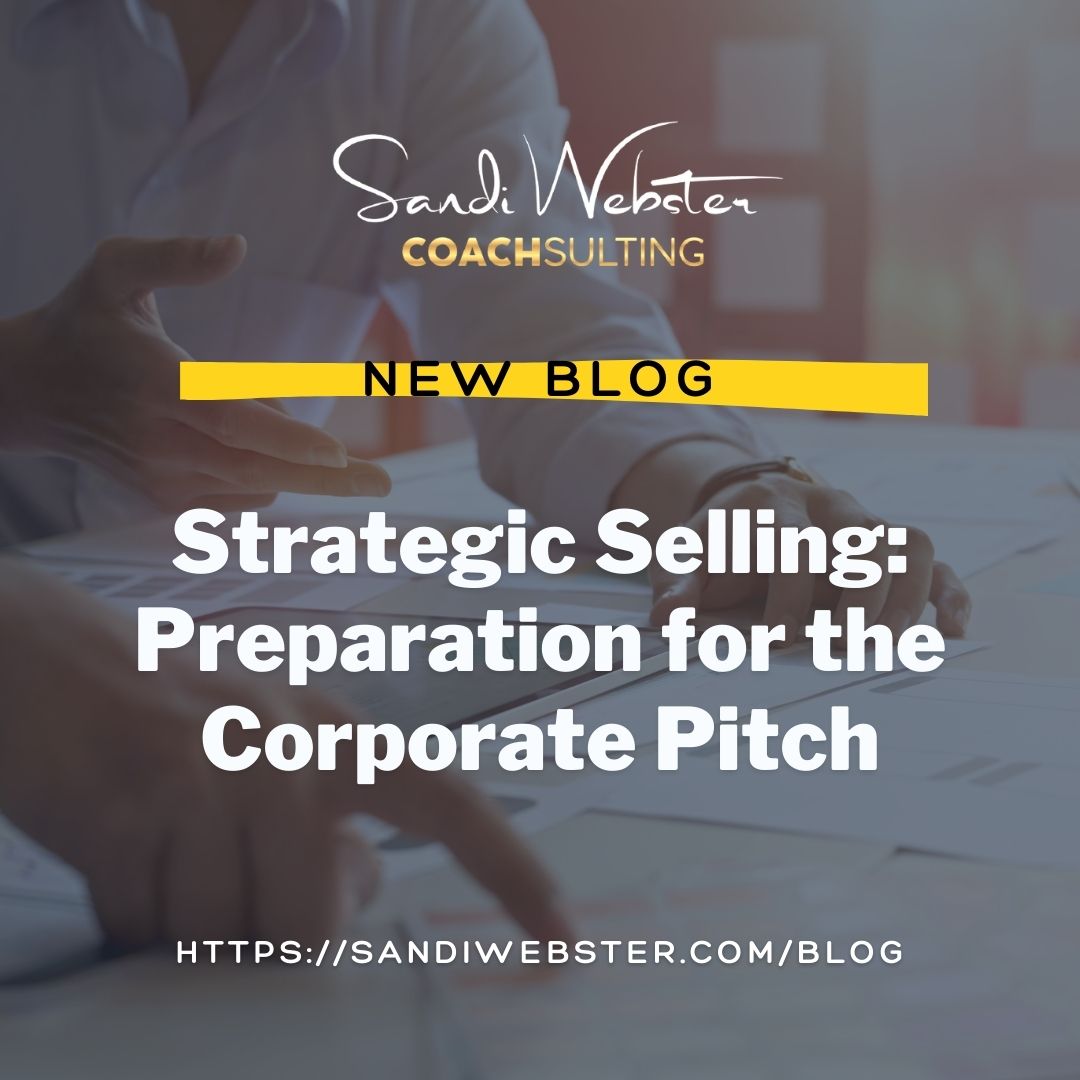Strategic Selling: Preparation for the Corporate Pitch
Sales skills consistently rank among the essential skills small business owners should cultivate. Many of us entrepreneurs started our companies because we were the ones with the expertise, not because we knew how to run a business. Most of us did not come from a sales background, even though we worked in corporations, so we don’t realize the amount of research it takes to pitch to a corporation. The research and analysis can start as much as a year before meeting with the client.
You don’t win a deal with a corporation without pitching your product. It doesn’t matter if it’s a hard or soft sell, but you will have to give valid, solid information about your product. There is a science behind pitching, and it’s not about writing an excellent elevator pitch – it’s about addressing the needs of your clients and showing them how you can resolve the issue. The sales pitch itself is unimportant in my process because it’s the preparation that counts.

- Create your Core Customer Profilea) Identify the demographics of your customer – gender, where they live, household income, level of education, and marital status. Is your customer a business (B2B) or an individual customer (B2C)? Are you selling to the government (B2G) or a non-profit? These are all different types of sales.
b) What motivates your customer? What are their dreams, hopes, and fears?
c) Pain Points – what problem does the customer face that your solution will solve? - Identify Your Corporate Customer
Here are the top questions you will need to answer:
-
- Which department purchases your product/service? If you are pitching to the marketing department, don’t try to sell them
- What is the title of the person to whom you will pitch? (Vice President, CEO, Manager?) –this tells you if that person is a decisionmaker or will they have to go to someone else for the decision to buy your product or service?
- What are the responsibilities of the buyer? If the buyer is Procurement, does that person purchase for the entire company or just for specific products/services?
- What is the age of their employees? Some companies skew to millennials, while some skew to older employees. The pitch to millennials might include more technical discussion than with more senior employees.
- What is that buyer’s pain point? This pain point is different from the company’s pain point. Do you need to understand what the buyer is tasked with to meet the company’s goals? For example, the company’s pain point is to get younger customers; the buyer’s pain point has to address that goal – get a new recruiting company, recruit in colleges, etc.
If you manage all the upfront information and do the research, you have a more significant opportunity to win.


